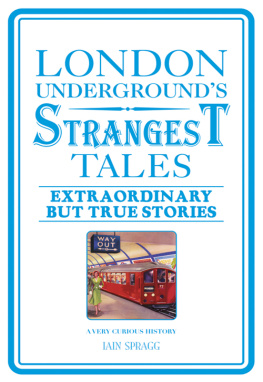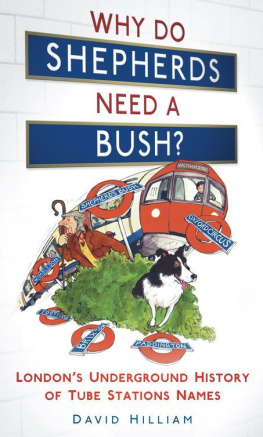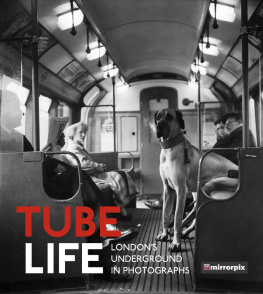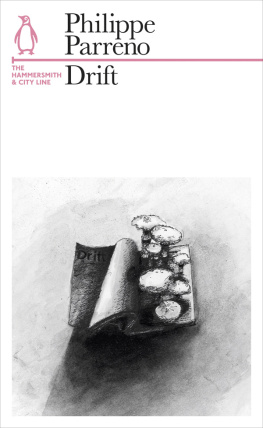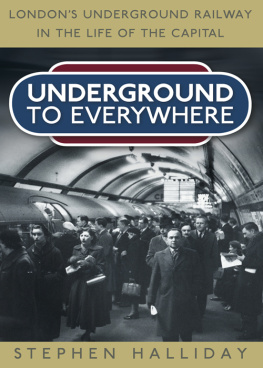
Other titles in the STRANGEST series
The Ashes Strangest Moments
Boxings Strangest Moments
Bridges Strangest Hands
Cinemas Strangest Moments
Classical Musics Strangest Concerts
Crickets Strangest Moments
Fishings Strangest Days
Flyings Strangest Moments
Footballs Strangest Matches
Gamblings Strangest Moments
Golfs Strangest Rounds
Horse-racings Strangest Races
Laws Strangest Cases
Londons Strangest Tales
Medicines Strangest Cases
The Militarys Strangest Campaigns
Motor-racings Strangest Races
The Olympics Strangest Moments
Pokers Strangest Hands
Politics Strangest Characters
Railways Strangest Journeys
Rock n Rolls Strangest Moments
Royaltys Strangest Characters
Rugbys Strangest Matches
Sailings Strangest Moments
Sciences Strangest Inventions
Shootings Strangest Days
Televisions Strangest Moments
Tenniss Strangest Matches
Theatres Strangest Acts
World Cups Strangest Moments
Kents Strangest Tales
First published in the United Kingdom in 2013 by
Portico Books
10 Southcombe Street
London W14 0RA
An imprint of Anova Books Company Ltd
Copyright Portico Books, 2013
All rights reserved. No part of this publication may be reproduced, stored in a retrieval system, or transmitted in any form or by any means electronic, mechanical, photocopying, recording or otherwise, without the prior written permission of the copyright owner.
First eBook publication in 2013
eBook ISBN 9781909396166
Also available in paperback Paperback
ISBN 9781907554971
A CIP catalogue record for this book is available from the British Library.
This book can be ordered direct from the publisher at www.anovabooks.com
INTRODUCTION
The largest subterranean railway in the world, the London Underground has been running relentlessly beneath the streets of the capital since 1863 and the network is now as iconic as Buckingham Palace and Beefeaters, Piccadilly Circus and the Houses of Parliament.
Without the Tube, London would be gridlocked, and each and every year a staggering 1.1 billion commuters and tourists descend on the system to navigate their way across the city, utilising every inch of the networks 249 miles of track and 270 stations.
The mere statistics, however, tell only half the story and since the first train set off on the Metropolitan Railway the forerunner of the modern Metropolitan Line back in the mid-nineteenth century, the Underground has become so much more than a prosaic collection of platforms, tracks and carriages. The Tube is now part of Londons DNA.
Most passengers, from the seasoned commuter to the Tube novice, experience a curious love-hate relationship with the network. The Underground is the quickest way to get around London but the inevitable service delays can test the patience of even the most phlegmatic passenger. Its frequently the most direct route from A to B, but as all those who have been forced to fight their way into a crowded carriage will know, its not always the most comfortable journey.
And yet the publics affection for the London Underground shows no signs of abating. It certainly has its faults, but it also has a unique character and it is impossible not to warm its considerable charms.
It undoubtedly boasts a colourful and frequently controversial history. In the pages that follow you will learn of the duplicitous financier behind the Bakerloo Line who took his own life with cyanide, and how a vasectomy brought the Circle Line to an a standstill.
There is the strange tale of the spectral Egyptian Princess believed to haunt the Central Line, and the abandoned station that now regularly appears in Hollywood blockbusters. The curious case of the Tubes own answer to the Eiffel Tower and how a murderous work of fiction nearly ruined the District Line also make a welcome appearance.
My first experience of the Tube was back in 1990. I was 18 years old and en route to Heathrow for that milestone first foreign holiday with friends rather than the family. Lugging my bulging rucksack with me, I remember the looks of thinly disguised disdain from regular commuters on the Piccadilly Line as I clumsily buffeted my way onto their carriage.
I subsequently joined the ranks of the daily travellers when I got my first job in the Big Smoke; my transformation from clueless passenger to veteran commuter began and within months I was instinctively riding the Tube as if Id been living in London all my life.
Over the years on the network, I have witnessed an impromptu poetry recital by an alarmingly confident drama student, been serenaded by an itinerant calypso quartet and spotted my fair share of celebrities slumming it with the masses.
Of course much has changed on the network since I took my first journey. The introduction of Oyster cards, automatic barriers and even Wi-Fi have dragged the network into the twenty-first century, but the truth is the Underground has constantly evolved ever since the first sub-surface steam-powered trains revolutionised the way Londoners travelled.
The electrification of the network, the introduction of Harry Becks iconic Tube map and the addition of the Victoria Line in the 1960s have all helped to keep the Tube at the forefront of subterranean travel over the years and, while other networks have tried to imitate it, the London Underground remains the worlds definitive subway system.
The Tube has had a profound impact on popular culture over the last 150 years. The networks famous roundel the ubiquitous red circle and blue rectangle logo has been copied all over the world, while the legendary Mind The Gap announcement has spawned various novels, a board game, a television show and even an American rock band. It has also been referenced in countless books, songs and films.
This book celebrates the networks long, varied and frequently bizarre history. It answers the burning question of which is the most profitable song for buskers, investigates how many times HM the Queen has actually travelled on the Tube and reveals how a German U-boat landed one Underground grandee in hot water.
After all, the Tube really is much more than just a railway.
BRUNEL, THE WORM AND A TUNNELLING REVOLUTION
1843
Building an underground tunnel in the nineteenth century was a tricky and dangerous business. You painstakingly dug out one section only for it to collapse around your ears leaving you suddenly back to square one with your disgruntled workers demanding danger money, harder hats and regular tea breaks. With biscuits.
It was certainly a problem that vexed Marc Isambard Brunel, the legendary engineer and father of Isambard Kingdom. Brunel senior wanted to drive a tunnel beneath the Thames between Rotherhithe and Limehouse, but all previous attempts to safely navigate below the great river had ended in disaster. What, he mused, was the solution?
Bizarrely, the answer came to him in prison. Banged up for a stretch for failing to pay his debts, Brunel killed a bit of time watching Teredo navalis or a shipworm to me and you burrowing its way through a piece of wood. He noticed the wily worm avoided being crushed by secreting a slimy trail that quickly hardened as it inched forward to form a tough lining inside the tunnel.
It was Brunels Eureka moment and, inspired by his uninvited cellmate, he devised a system in which workers would graft away inside a huge protective cast-iron ring. The ring meant the miners could go about their business safe in the knowledge they wouldnt be buried alive as they made progress, it was shunted forward to the next section. The pristine length of new tunnel behind them was quickly secured with more cast-iron rings and a concrete lining.

